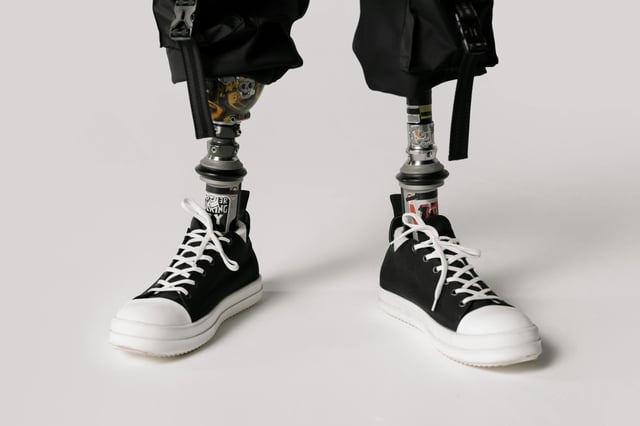Overview
- A Nature Neuroscience paper reports longitudinal fMRI of three adults scanned before planned arm amputations and repeatedly for up to five years afterward.
- A machine-learning decoder trained on pre-surgery data correctly identified which phantom finger participants attempted to move post-amputation.
- Analyses showed the cortical hand area remained stable with no systematic takeover by nearby regions such as the lips or feet.
- The results challenge textbook remapping explanations and help account for why therapies aimed at fixing cortical maps, including mirror boxes and sensory-discrimination training, often fail to outperform placebo.
- NIH and UCL researchers say focus should shift to peripheral nerve mechanisms and that preserved maps could be leveraged for neuroprosthetics and brain–computer interfaces, though larger replication studies are needed.


